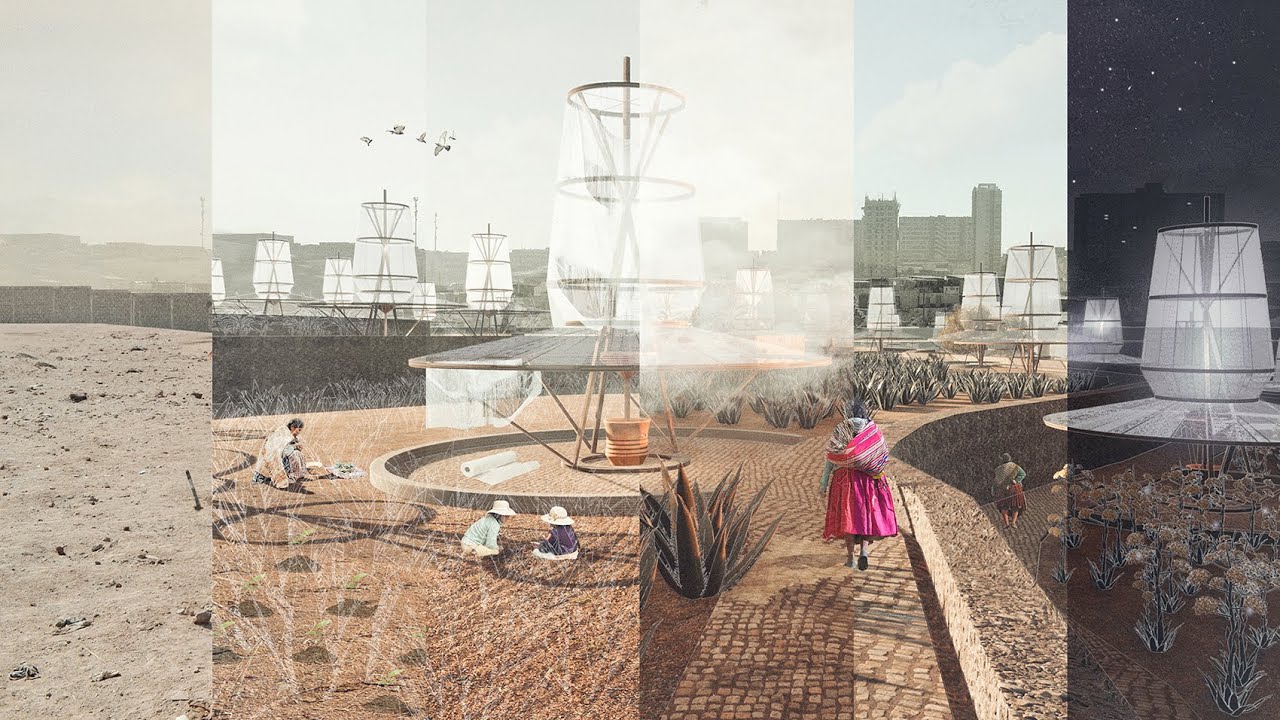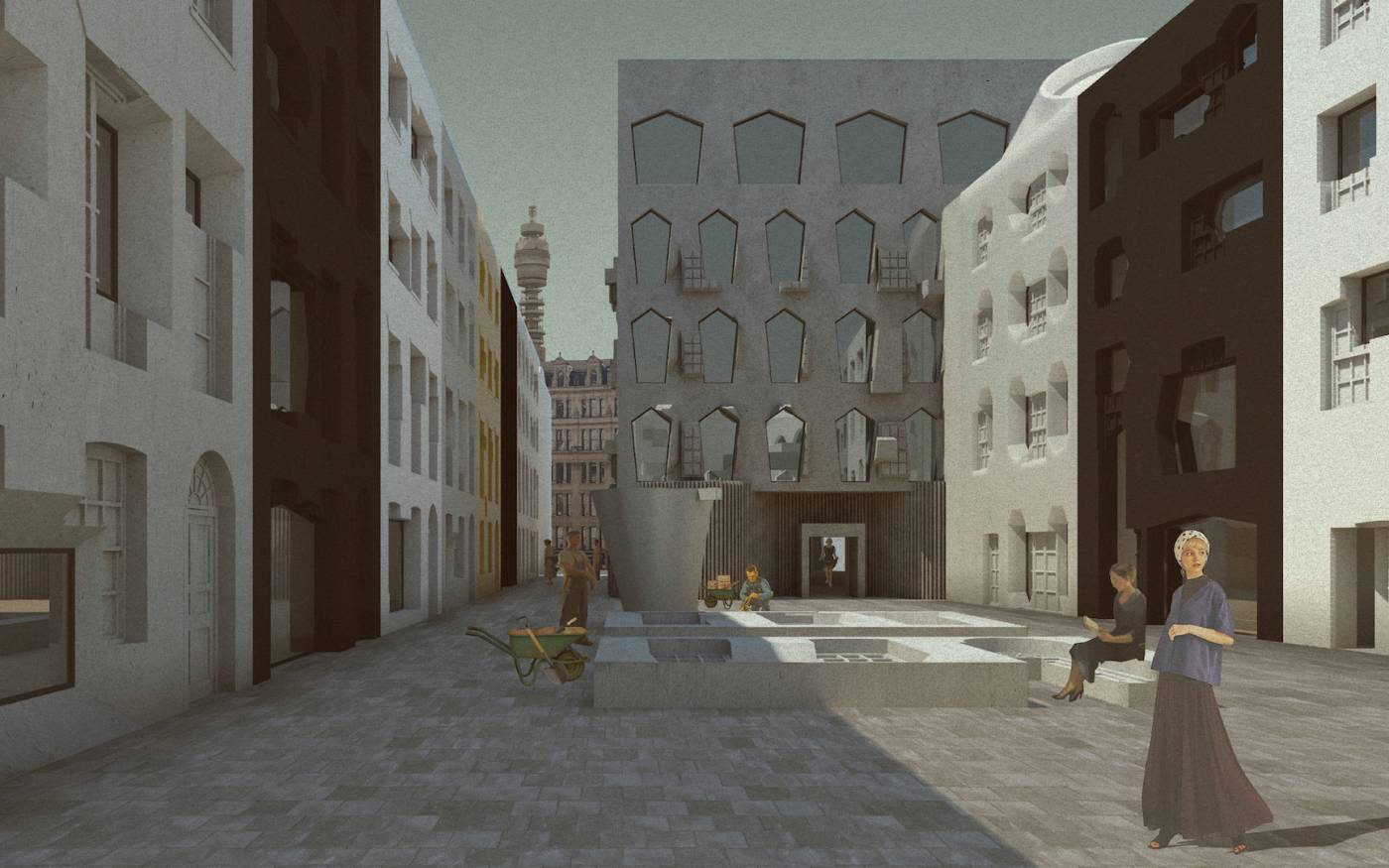Unveiling Architectural Excellence - A Dive Into Architectural Criticism
In the ever-evolving realm of architecture, the role of criticism stands as a guiding force, shaping the discourse and influencing the trajectory of design trends. Architectural criticismis a profound examination and evaluation of buildings, structures, and urban spaces, providing valuable insights into the intersection of form, function, and societal impact.
Unveiling Layers - The Multifaceted Essence Of Architectural Criticism
Architectural criticism is a profound exploration that transcends superficial assessments, delving into the intricate layers that define a structure's essence. This critical discourse is not confined to mere aesthetic judgments but extends to a comprehensive understanding of a building's purpose, its dynamic interaction with the environment, and the compelling narrative it weaves within the cultural landscape.
Beyond Aesthetics
Architectural criticism rejects the notion of reducing evaluation to mere visual appeal. While aesthetics play a role, critics recognize that true architectural excellence goes beyond surface-level beauty. Instead, it involves a meticulous examination of the deeper motives and aspirations embedded in the design.
Purposeful Architecture
In essence, an architecture critic plays a pivotal role in shaping the discourse around architectural design, contributing to the refinement of the built environment, and facilitating a more informed and engaged public perspective. For a practical example illustrating the principles of architectural criticism, explore how materials create an honest expression in this high school project.
Environmental Integration
The relationship between a structure and its environment is a focal point of architectural criticism. Beyond the physical placement, critics analyze how a building interacts with its surroundings, responding to natural elements, climate, and the existing urban fabric. This holistic approach ensures that the architectural creation harmonizes with, rather than disrupts, its context.
Narrative In Design
Architectural criticism recognizes that every building tells a story. Critics explore the narrative woven into the design, uncovering the architect's intent and the cultural messages embedded in the structure. This narrative perspective adds layers of meaning to the physical form, enriching the dialogue between the built environment and its inhabitants.
Nuanced Analysis
Critics, often distinguished architects or scholars, bring a nuanced perspective to their analysis. Informed by a deep understanding of architectural history and theory, they go beyond surface impressions. Their critiques are a thoughtful interplay of scholarly insight and practical experience, offering a comprehensive assessment that extends beyond immediate visual impact.
Historical Context
Architectural criticism is a time-traveling endeavor. Critics consider the historical context within which a structure emerges. This entails understanding the architectural lineage, acknowledging the echoes of the past in the present design, and recognizing how a building contributes to the continuum of architectural evolution.
Architect's Intent
Peering into the mind of the architect is a crucial aspect of criticism. Critics seek to unravel the intent behind the design choices, deciphering the creative vision and the principles guiding the architect's decisions. This insight adds a layer of understanding to the critique, bridging the gap between the abstract ideas and their tangible manifestation.
Key Components Of Comprehensive Criticism
Architectural criticism, as a discipline, encompasses a rich tapestry of considerations that extend far beyond superficial judgments. It weaves together a nuanced evaluation of various components, each contributing to the holistic understanding of a structure's significance. Here are the key components that constitute the backbone of architectural criticism:
Aesthetic Evaluation
Architectural critics act as poets of the visual realm, dissecting the aesthetic language embedded in a structure. They meticulously assess proportions, symmetry, and materiality, deciphering the design's visual impact. This component lays the foundation for a profound exploration, acknowledging that aesthetics are not just about beauty but a language through which the building communicates with its audience.
Functional Considerations
In the intricate dance of architectural elements, functionality takes center stage. Critics move beyond the facade, evaluating how well a building fulfills its intended purpose. Usability, accessibility, and efficiency become the benchmarks against which a structure's success is measured. This pragmatic lens ensures that architectural creations not only captivate the eye but also serve as functional, user-centric spaces.
Cultural And Historical Context
Architectural criticism becomes a journey through time and culture. Critics appreciate that a structure does not exist in isolation but is deeply rooted in its cultural and historical context. This component demands an understanding of the societal backdrop, allowing critics to unravel the influences that have shaped architectural choices. It transforms each critique into a narrative, where the past, present, and future coalesce.
Spatial Dynamics
Beyond static aesthetics, critics navigate the dynamic landscape of spatial experience. They explore the flow within a structure, dissect the relationship between interior and exterior spaces, and observe how users interact with the built environment. Spatial dynamics, in the hands of a skilled critic, become a tool for unraveling the stories that spaces tell, transforming architecture into a living, breathing entity.
Societal Impact
Architectural criticism extends its gaze beyond the physical structure to encompass the societal impact of a design. Critics ponder the sustainability of a building, consider its inclusivity, and reflect on the role it plays in shaping the community. This component elevates architecture from a mere construction to a societal catalyst, influencing behavior, fostering community, and contributing to the broader fabric of human existence.
The Crucial Role Of Criticism In Architectural Excellence
Architecture, as both an art form and a practical discipline, relies on criticism as a vital component in its evolution. The absence of constructive critique could potentially lead to a compromise in the quality of architectural design, with far-reaching implications for the built environment and society at large. Here's a closer look at why architecture needs criticism:
Upholding Standards Of Safety And Functionality
Architecture goes beyond aesthetic appeal; it is a functional discipline where structures must be safe, practical, and well-constructed. Criticism serves as a safeguard, ensuring that architects adhere to standards that prioritize the safety and functionality of buildings. Without critique, the risk of overlooking crucial design flaws or compromising structural integrity increases, potentially jeopardizing the well-being of inhabitants
Inspiring Innovation And Boundaries
Constructive criticism has the power to inspire architects to push the boundaries of what is achievable in design. By providing valuable feedback, criticism becomes a catalyst for improvement. Architects, when exposed to thoughtful critiques, are encouraged to explore innovative solutions, incorporate cutting-edge technologies, and experiment with new materials. This iterative process of feedback and adaptation fuels progress in architectural design.
Balancing Aesthetics And Functionality
While aesthetics play a significant role in architecture, the discipline is equally about how people interact with and utilize the built environment. Criticism ensures a delicate balance between visual appeal and practical functionality. By receiving feedback on user experience and spatial dynamics, architects can refine their designs to create spaces that are not only visually striking but also conducive to the needs and behaviors of their occupants.
Fostering Social Cohesion And Cultural Reflection
Architecture is intrinsically tied to social dynamics and cultural identity. Criticism plays a pivotal role in shaping the built environment to foster social cohesion, encourage civic engagement, and reflect the values and history of communities. It prompts architects to consider the broader societal impact of their designs, ensuring that buildings and public spaces contribute positively to the communities they serve.
Promoting Environmental Responsibility
In an era where environmental concerns are paramount, architecture must embrace sustainability. Criticism becomes a driving force in advocating for environmentally responsible design practices. It encourages architects to adopt eco-friendly materials, design energy-efficient buildings, and create spaces that promote sustainable behavior. This environmental consciousness is vital for mitigating the ecological footprint of the built environment.
Architectural Critics - Bridging The Gap Between Art And Public Discourse
Architectural critics play a pivotal role as intermediaries, bridging the intricate world of architecture with the broader public. Their analyses serve as a conduit for a more profound understanding of architectural choices, initiating a dialogue that extends beyond the confines of professional circles to resonate with the general public. Here's a closer examination of the multifaceted role that architectural critics undertake:
Mediators Between Two Worlds
Architectural critics serve as translators, deciphering the complexities of architectural language for the wider public. In a discipline often steeped in technicalities and design jargon, critics act as conduits, distilling intricate concepts into accessible narratives that resonate with individuals who may not have a professional background in architecture.
Facilitators Of Broader Understanding
Through their analyses, critics unravel the layers of architectural intent, design nuances, and historical contexts, offering the public a deeper comprehension of the built environment. By demystifying the thought processes behind architectural choices, critics empower the audience to engage with and appreciate the structures that shape their surroundings.
Initiators Of Informed Dialogue
Critics spark conversations that go beyond mere opinions about aesthetics. They initiate informed dialogues on the societal, cultural, and environmental implications of architectural decisions. This discourse encourages the public to think critically about the built environment, fostering a collective awareness that extends beyond individual tastes to consider broader implications.
Advocates For Inclusivity
Architectural critics advocate for inclusivity in the appreciation of architecture. By making architectural discourse accessible, they dismantle barriers that might otherwise exclude certain demographics. This inclusivity extends beyond professionals and enthusiasts, inviting individuals from diverse backgrounds to participate in the conversation surrounding the spaces they inhabit.
Catalysts For Public Engagement
Through their critiques, architectural critics encourage public engagement with the built environment. By shedding light on the stories embedded in structures and the impact of architecture on daily life, critics inspire individuals to become active participants in shaping their surroundings, fostering a sense of ownership and connection to the spaces they occupy.
Agents Of Constructive Change
Architectural critics, through their analyses and commentaries, become agents of constructive change. Their insights, when embraced by the architectural community, can influence design approaches, encourage innovation, and promote a heightened awareness of the broader implications of architectural decisions. This dynamic interaction contributes to an evolving and responsive built environment.
Navigating The Complexities - Challenges In Architectural Criticism
1. Subjectivity - The Art Of Diverse Perspectives
Challenge:Aesthetic preferences, akin to an ever-shifting kaleidoscope, vary widely among individuals. This inherent subjectivity poses a significant challenge in establishing universally accepted criteria for architectural excellence. Critics find themselves navigating through a mosaic of diverse tastes, making it a nuanced task to provide constructive insights that resonate across a broad spectrum.
Resolution:To overcome the challenge of subjectivity, critics must embrace the diversity of perspectives. Rather than seeking a universal standard, they can adopt a more inclusive approach, acknowledging the richness of varied aesthetic preferences. By fostering a dialogue that appreciates different viewpoints, critics contribute to a more encompassing understanding of architectural excellence.
2. Balancing Tradition And Innovation - The Tightrope Walk Of De Sign Evolution
Challenge:Striking a delicate balance between honoring architectural traditions and embracing innovation is a perpetual challenge. Critics face the complex task of discerning whether a design successfully navigates this equilibrium, avoiding the pitfalls of stagnation on one side and reckless experimentation on the other.
Resolution: Critics play a crucial role in encouraging a thoughtful synthesis of tradition and innovation. Rather than viewing them as opposing forces, critics can highlight instances where innovative designs pay homage to, or creatively reinterpret, architectural traditions. By fostering a discourse that appreciates the evolution of design language, critics guide architects towards a harmonious coexistence of the old and the new.
3. Addressing Socioeconomic Factors - Beyond Built Form To Social Impact
Challenge: The impact of architecture extends beyond the physical realm, influencing different socioeconomic strata. Addressing issues of affordability, accessibility, and social equity becomes a pivotal aspect of architectural criticism. Critics must grapple with the challenge of evaluating designs not only for their aesthetic and functional merits but also for their broader societal implications.
Resolution: Critics can act as advocates for inclusivity, urging architects to consider the social dimensions of their designs. By shedding light on issues of affordability, accessibility, and social equity, critics encourage architects to envision spaces that contribute positively to the well-being of diverse communities. Through this advocacy, architectural criticism becomes a catalyst for positive societal change.
Architectural Criticism - FAQs
What Is An Architectural Critique?
An architectural critique is a systematic and thoughtful evaluation of buildings, structures, or urban spaces. It goes beyond mere judgment of aesthetics and delves into deeper layers, considering aspects such as functionality, cultural context, spatial dynamics, and societal impact. Architectural critiques aim to provide constructive insights into the strengths and weaknesses of a design, fostering a deeper understanding of the architectural choices made.
What Are The Principles Of Architectural Criticism?
- Aesthetic Evaluation:Assessing the visual appeal of a structure, considering elements like proportions, symmetry, and materiality.
- Functional Considerations:Evaluating how well a building or space serves its intended purpose, addressing issues related to usability, accessibility, and efficiency.
- Cultural and Historical Context:Acknowledging the societal and historical backdrop in which a structure exists, understanding the influences that shape architectural choices.
- Spatial Dynamics:Examining the flow of spaces within a structure, the relationship between interior and exterior, and how users interact with the built environment.
- Societal Impact:Evaluating the broader impact of a design on society, including considerations of sustainability, inclusivity, and the role a building plays in shaping the community.
What Is The Job Of An Architecture Critic?
The job of an architecture critic is multifaceted and involves several key responsibilities:
- Analysis and Evaluation:Critically analyzing architectural designs, evaluating them based on aesthetic, functional, and cultural criteria.
- Communication:Articulating insights and critiques in a clear and accessible manner for a diverse audience, including both professionals in the field and the general public.
- Bridge Between Professions:Acting as a mediator between the architectural community and the public, translating complex architectural concepts into understandable narratives.
- Advocacy for Excellence:Promoting architectural excellence by encouraging innovative design, sustainability, and socially responsible practices.
- Public Engagement:Fostering a broader understanding of architectural choices within the general public, encouraging dialogue and awareness about the built environment.
Conclusion
Architectural criticism, with its multifaceted approach, acts as a compass guiding the evolution of the built environment. Through meticulous evaluation, critics contribute to the refinement of architectural practice, ensuring that structures not only stand as visual marvels but also fulfill their roles as functional, culturally resonant, and socially responsible entities. As the architectural landscape continues to evolve, the importance of thoughtful and informed criticism remains paramount in shaping the cities of tomorrow.





